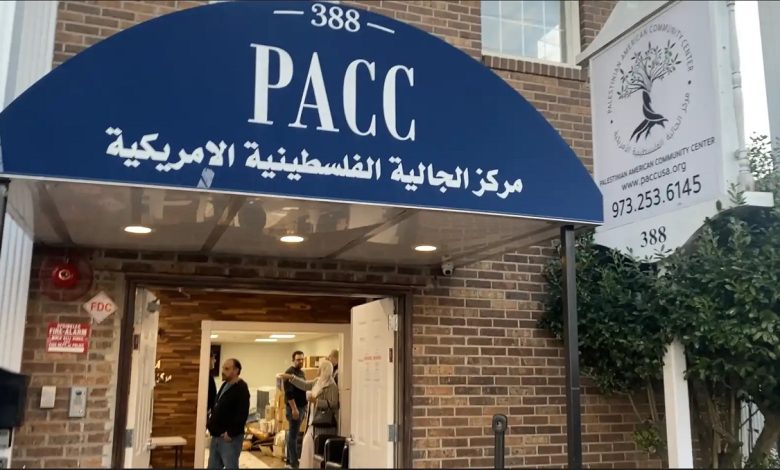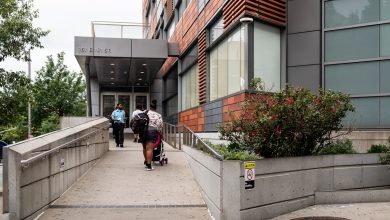Strengthening Community Ties: PACC Launches the “PACC Family Discount” Program
Affordable Access to Education, Culture, and Community Support for Arab and Palestinian Families in the U.S.

The Palestinian American Community Center (PACC) has announced the launch of its new initiative, the “PACC Family Discount Program,” designed to strengthen community belonging and provide valuable benefits for families. With an annual membership fee of only $100 per family, this program makes cultural, educational, and support services more accessible to Arab, Muslim, and Palestinian American households.
Exclusive Free Access
Registered families will gain free entry to core programs such as year-round homework assistance for students, as well as access to unique educational opportunities in Palestine like the “Amal” (Hope) and “Freedom is the Future” programs.
Discounted Programs and Workshops
Members will receive a $25 discount on all multi-session programs, as well as reduced fees for community workshops. These discounts make it easier for families to participate in valuable learning and skill-building activities.
Priority Registration
Another key advantage of the program is priority registration. Families enrolled in the PACC Family program will secure seats in highly sought-after cultural and educational events before spots run out.
Cultural Enrichment and Emotional Support
In addition to academics, the initiative emphasizes cultural preservation and well-being. Families will enjoy exclusive access to dabke dance classes, Arabic language lessons, and emotional support circles offered by PACC. This ensures that both cultural heritage and mental health are supported within the community.
How to Join
Families interested in benefiting from this initiative can register by contacting PACC and providing names, ages, and contact details of household members. The center stresses that this program is a significant step toward strengthening community bonds while ensuring access to quality education and cultural programming for all.



